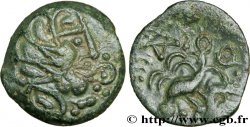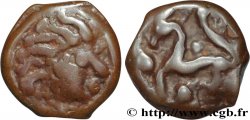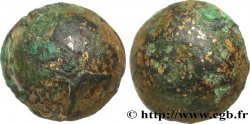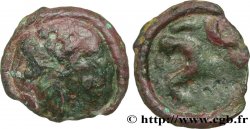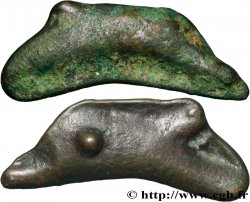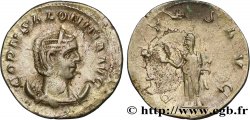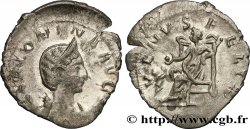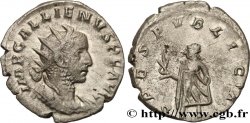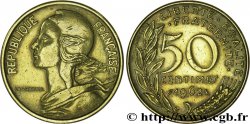E-auction 234-157571 - bga_174084 - GALLIA - SENONES (Región de Sens) Potin à la grosse tête, stylisé - PC. 20.2A
Usted debe firmar y ser un comprador aprobado para pujar, Inicia sesión para pujar. Las cuentas están sujetas a la aprobación y el proceso de aprobación se alcanzan dentro de las 48 horas. No espere hasta el día en una venta se cierra el registro.Al hacer una oferta en este artículo usted está firmando un contrato jurídicamente vinculante para comprar este artículo y haga clic en «oferta» constituye una aceptación de los términos de uso de e-auctions de cgb.fr.
La subasta debe ser colocado en euros enteros cantidades venta only.The se cerrará en el momento en la descripción del artículo, no se ejecutarán las ofertas recibidas en el sitio después de la hora de cierre. Veces Transmition pueden variar y las ofertas pueden ser rechazadas si espera a los últimos segundos. Para más información envie el FAQ.
SIN GASTOS PARA LOS COMPRADORES.
SIN GASTOS PARA LOS COMPRADORES.
| Valoración : | 300 € |
| Precio : | 98 € |
| Oferta más alta : | 101 € |
| Fecha de fin de la venta : | 09 octubre 2017 14:06:30 |
| participantes : | 9 participantes |
Tipo : Potin à la grosse tête, stylisé - PC. 20.2A
Fecha: c. avant 52 AC.
Metal: potín
Diámetro: 18,05 mm
Eje de acuñación: 3 h.
Peso: 3,45 g.
Grado de rareza: R3
Comentarios sobre el estado de conservación:
Très beau potin avec deux cassures au niveau des penons de coulée. Revers un peu plus mou que le droit, mais belle et homogène patine grise
N° en los catálogos de referencia :
Anverso
Titulatura del anverso: ANÉPIGRAPHE.
Descripción del anverso: Grosse tête casquée à gauche entre deux besants ; l’œil globulaire.
Reverso
Titulatura del reverso: ANÉPIGRAPHE .
Descripción del reverso: Cheval passant à gauche, surmonté par un globule ; deux autres accostant l’antérieur du cheval.
Comentario
Ce potin est très particulier ; au revers on pourrait croire à deux protomés de chevaux opposés. Il s'agit en fait d'un revers traditionnel, mais avec une cassure dans le moule du potin qui oblitère le cheval habituel, au niveau du globule entre les jambes, et donne une double lecture, comme par exemple ce potin rème sur lequel certains veulent voir un cavalier alors qu'il ne s'agit que d'une fibule traditionnelle avec un défaut de coulée...
Ce potin figure dans les planches supplémentaires d'H. Patat, sous le n° 20.2A ; il décrit au revers "Deux chevaux opposés formant une croix séparée par un globule entre les têtes".
Qu’il s’agisse d’un accident ou d’une transformation intentionnelle du moule, nul ne peut l’affirmer et il faut avouer que la position de cette “cassure” est idéale pour détourner la lecture traditionnelle de ce potin !
.
This potin is very particular; on the reverse one could believe two protomes of opposing horses. It is in fact a traditional reverse, but with a break in the mold of the potin which obliterates the usual horse, at the level of the globule between the legs, and gives a double reading, like for example this potin reme on which some want to see a rider while it is only a traditional fibula with a casting defect... This potin appears in the additional plates of H. Patat, under n° 20.2A; it describes on the reverse \\\"Two opposing horses forming a cross separated by a globule between the heads\\\". Whether it is an accident or an intentional transformation of the mold, no one can say for sure and it must be admitted that the position of this “break” is ideal to divert the traditional reading of this potin!
Ce potin figure dans les planches supplémentaires d'H. Patat, sous le n° 20.2A ; il décrit au revers "Deux chevaux opposés formant une croix séparée par un globule entre les têtes".
Qu’il s’agisse d’un accident ou d’une transformation intentionnelle du moule, nul ne peut l’affirmer et il faut avouer que la position de cette “cassure” est idéale pour détourner la lecture traditionnelle de ce potin !
.
This potin is very particular; on the reverse one could believe two protomes of opposing horses. It is in fact a traditional reverse, but with a break in the mold of the potin which obliterates the usual horse, at the level of the globule between the legs, and gives a double reading, like for example this potin reme on which some want to see a rider while it is only a traditional fibula with a casting defect... This potin appears in the additional plates of H. Patat, under n° 20.2A; it describes on the reverse \\\"Two opposing horses forming a cross separated by a globule between the heads\\\". Whether it is an accident or an intentional transformation of the mold, no one can say for sure and it must be admitted that the position of this “break” is ideal to divert the traditional reading of this potin!







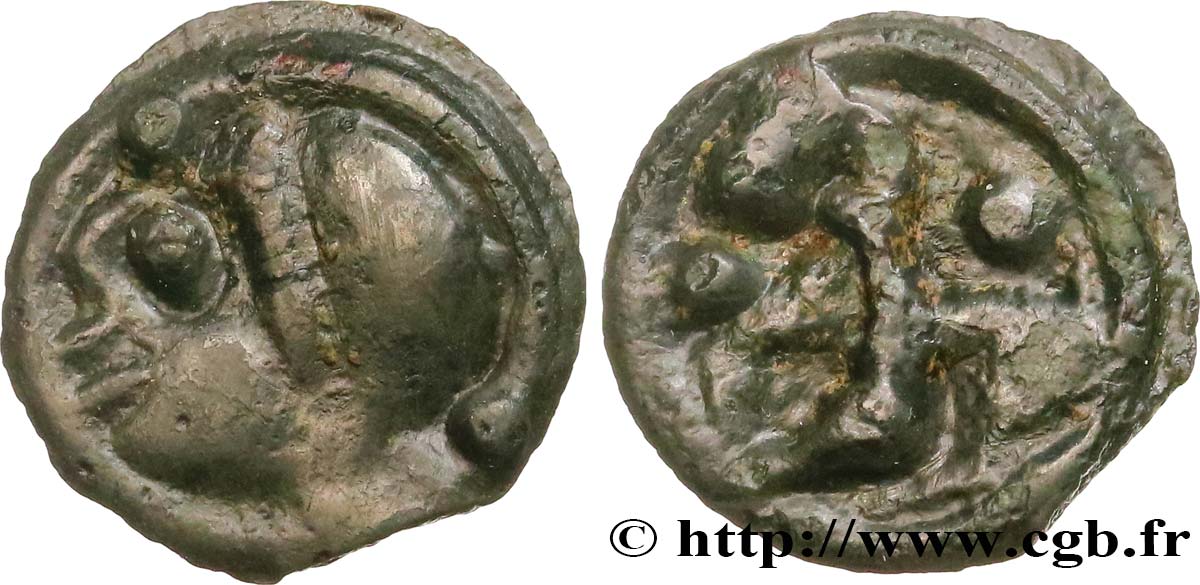
 Informar de un error
Informar de un error Imprimir la página
Imprimir la página Comparte mi selección
Comparte mi selección Haz una pregunta
Haz una pregunta Consignar / vender
Consignar / vender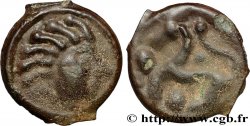
 Descriptivo
Descriptivo